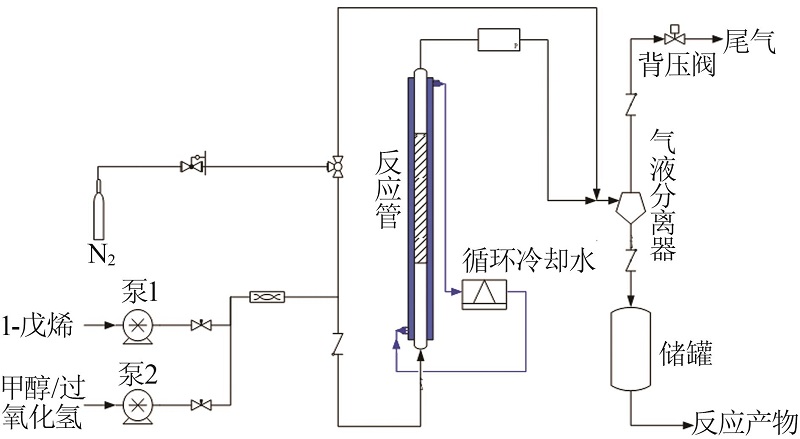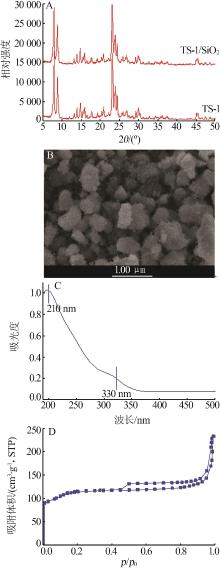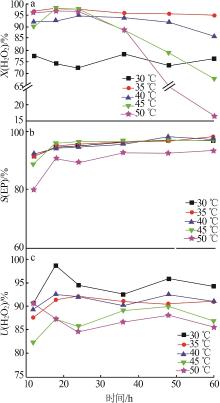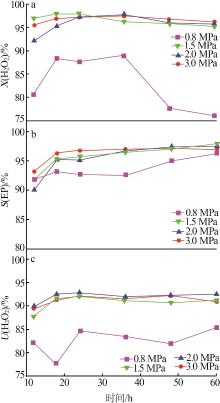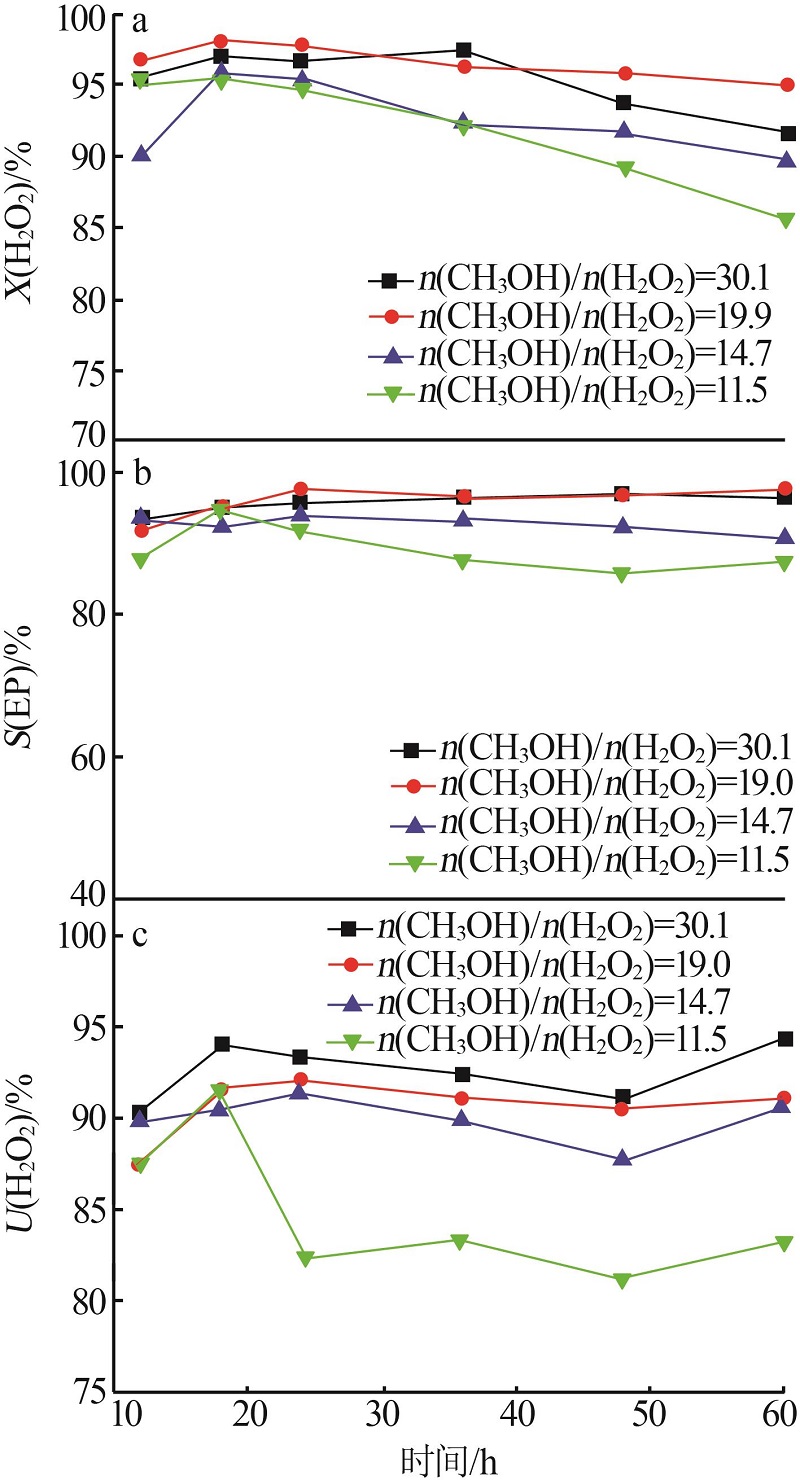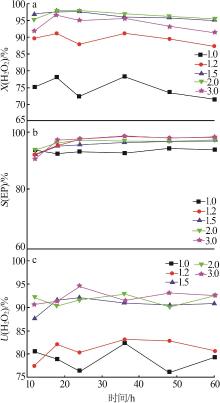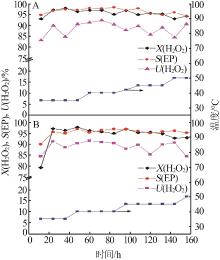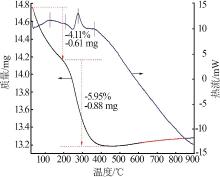| [1] |
LIU Huangfei, ZHANG Li, LIU Tao.
Research progress of fast synthesis technologies of zeolites
[J]. Inorganic Chemicals Industry, 2025, 57(2): 36-43.
|
| [2] |
LUO Chengling, FAN Xiaofan.
Research progress of microstructure-regulated catalysts for urea oxidation reactions
[J]. Inorganic Chemicals Industry, 2025, 57(2): 26-35.
|
| [3] |
FAN Jingxin, LI Bin, HONG Luwei, HONG Meihua, GONG Xin.
Research status and prospects of olefin removal catalyst from aromatic reforming oil
[J]. Inorganic Chemicals Industry, 2025, 57(2): 14-25.
|
| [4] |
ZHU Jicheng, YANG Qixin, LIANG Haoquan, WANG Zengkun, OUYANG Fugui, DI Jing, GAI Xikun.
Effect of confined catalyst Ni@S2 on performance of methane dry reforming reaction
[J]. Inorganic Chemicals Industry, 2025, 57(2): 138-146.
|
| [5] |
LIU Guangming.
Study on photocatalytic and mechanical properties of C3N5/NH2-MIL-125(Ti) modified concrete mortar
[J]. Inorganic Chemicals Industry, 2025, 57(1): 120-128.
|
| [6] |
SUN Qinghao, LI Keyan, GUO Xinwen.
Study on photocatalytic benzyl alcohol oxidation coupled with hydrogen production over Pd/ZnIn2S4 nanosheets
[J]. Inorganic Chemicals Industry, 2025, 57(1): 113-119.
|
| [7] |
WANG Yawen, WANG Fangfang, GENG Siyu, JU Jia, CHEN Lei, CHEN Changdong.
Study on preparation and photocatalytic performance of SrTiO3-SrWO4
[J]. Inorganic Chemicals Industry, 2024, 56(7): 143-149.
|
| [8] |
LI Yongheng, MI Xiaotong, ZHANG Peipei.
Synthesis of holycrystalline nano-ZSM-5 aggregate and its application in methylation of toluene
[J]. Inorganic Chemicals Industry, 2024, 56(5): 135-140.
|
| [9] |
LI Jiangpeng, ZHANG Huibin.
Synergistic degradation of methylene blue by photo-Fenton and photocatalytic with 3D porous LaFeO3/CeO2/SrTiO3
[J]. Inorganic Chemicals Industry, 2024, 56(5): 141-148.
|
| [10] |
WANG Chao, SONG Guoliang, XIAO Han.
Industrial application of THFS-2 sulfurized reforming prehydrogenation catalysts
[J]. Inorganic Chemicals Industry, 2024, 56(5): 94-100.
|
| [11] |
DI Lu, WANG Weiguo, CHEN Juexian, WU Chuanshu.
Study on preparation of transition metal-supported Silicalite-1 zeolite catalyst and its catalytic performance for furfural hydrogenation
[J]. Inorganic Chemicals Industry, 2024, 56(4): 125-132.
|
| [12] |
TANG Bei.
Preparation of ZnO/g-C3N4 heterojunction photocatalytic material and its degradation of pyridine
[J]. Inorganic Chemicals Industry, 2024, 56(4): 133-142.
|
| [13] |
ZHU Jinjian, YANG Xiaxia, MU Zhanpeng, SONG Guoliang, LI Zihan, LIU Wei, XU Yan, ZHANG Jingcheng.
Effect of different additives on liquid phase selective hydrogenation performance of maleic anhydride over Ni/Al2O3
[J]. Inorganic Chemicals Industry, 2024, 56(4): 143-150.
|
| [14] |
ZHOU Xuan, LI Mengrui, CHEN Yichen, FAN Huiqiang, WANG Bin, YUAN Gang.
Research progress of nickel-based phosphide composites in improving of catalytic water electrolysis for hydrogen evolution performance
[J]. Inorganic Chemicals Industry, 2024, 56(4): 8-15.
|
| [15] |
HU Mingliang, ZHOU Wei, LI Bin, LAI Xiaoling.
Research progress of synergistic effect catalytic reforming of methane and carbon dioxide
[J]. Inorganic Chemicals Industry, 2024, 56(1): 23-32.
|
 ), ZANG Jiazhong1, QIAO Bin1, YUE Siyu1,2, HONG Luwei1, LI Chen1
), ZANG Jiazhong1, QIAO Bin1, YUE Siyu1,2, HONG Luwei1, LI Chen1

